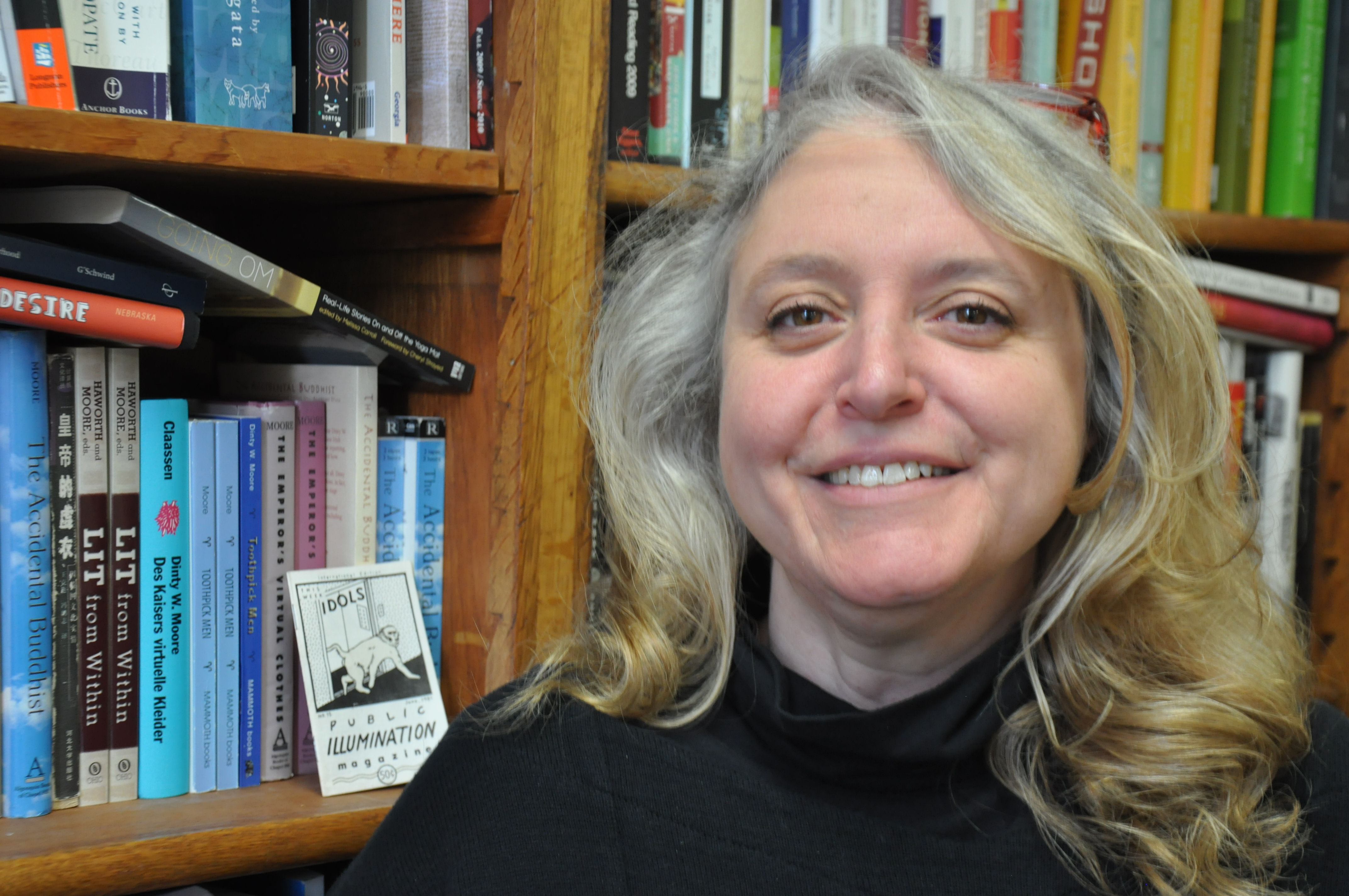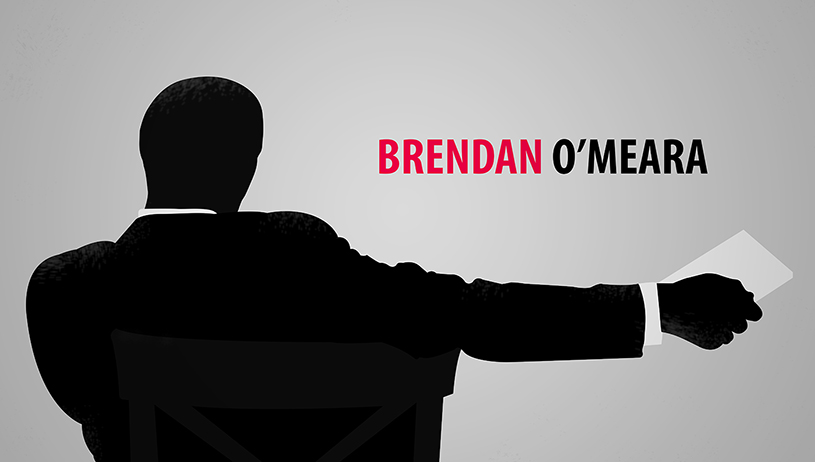By Brendan O’Meara
In yet another bout of mapping vs. outlining (mapping is just reverse outlining. The terrain of the book is in place and you set out like Magellan and map the world. Very clever, I know.) I’m hitting the notecards pretty hard. See pic.
I’m at this point in the this book where I just backed up the dump truck and unloaded a chapter of backstory about my central character. Reading it feels laborious. I haven’t touched this manuscript in four years.
I’m thinking of gutting the entire backstory thus leaving my main guy a little mysterious, a little cloudy around the edges, like Gatsby. He is my Gatsby and I’m Nick, an unreliable insider-outsider who greatly admires his Gatsby.
I love seeing giant limbs of text come tumbling down. I prefer the chainsaw to the pruning sheers.
In Maureen Corrigan’s great book So We Read On: How The Great Gatsby Came to Be and Why It Endures, she meets with Scott Shepherd toward the end. Shepherd reads the entire novel once a day for the broadway production Gatz. He actually has the text memorized. That’s not hyperbole.
Corrigan speaks with Shepherd about Gatsby’s (the character) backstory. Shepherd says of the four-and-a-half-page section that fills in Gatsby’s early backstory:
The beginning of chapter six was sometimes tough. That’s when the audience [for Gatz] would just be back from the dinner break and the’d be logy with food. There’s something about that section that feels deliberate.
Max Perkins, the famous editor to Fitzgerald and others, pushed for Fitzgerald for more biography. Shepherd continues:
In my mind, I see Fitzgerald inventing more specifics in the backstory because Perkins told him to, while at the same time dealing with his strong impulse to leave most of the questions unanswered. The result is, to my ear, a slightly obligatory and vaguely evasive quality that’s artificial in comparison to the rest of the book.
Indeed.
In nonfiction (and all writing for that matter), there’s this tendency to fill backstory, backstory, backstory to round out the character. It’s how most reporters write a 1,000-word take out. It’s basically ALL backstory with some quotes. These past events are why you care about this story about me today.
When we’re dealing with narrative, every word is an oar that must row the boat forward. If you’re going to pause for backstory, that backstory needs to inform the foreground. If we’re going to tell you something that happened way back when, there needs to be some sort of payoff or at least a connection to the foreground.
In my mapping of this first book I wrote, I find this backstory chunk merely background with very little of real substance. Of the 5,000-8,000 words, I bet there’s a 1,000 words worth keeping to pepper throughout the rest of the story.
It feels, to echo the above statement, deliberate. Deliberate feels labored and, worst of all, boring.
Yes, we need to know where our characters came from to have a better understanding of why we care about where they’re going. But too much and we’re too anchored to the past and all forward momentum is lost.
Hey, folks, if you made this far, I’d love your email address. I send out a weekly newsletter with the week’s posts every Tuesday morning. Also, for your loyalty and permission, whenever I have freebies you’ll be the first to know. If I’m selling a book, I’ll make sure you get a discount somehow. You’ve given me your time. I give you story, and maybe a few extra dollars in your pocket. Thanks!
Love,
Brendan



